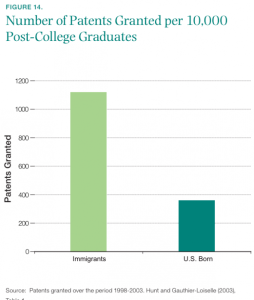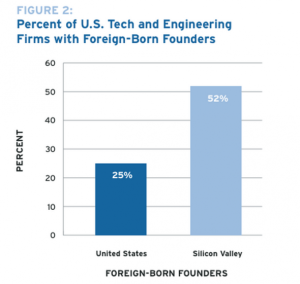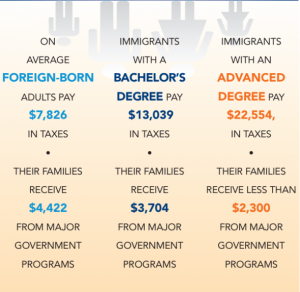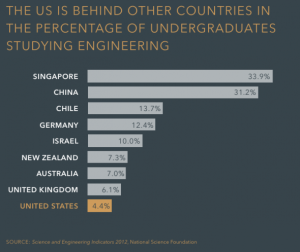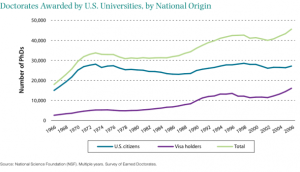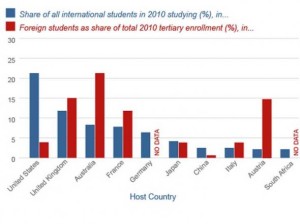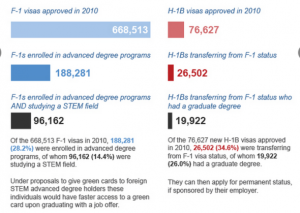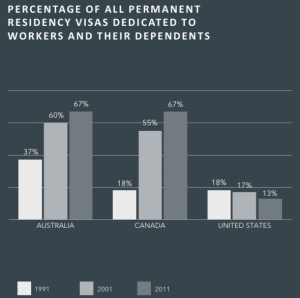Earlier this year we outlined the 13 Major Areas in US Immigration that needed to be addressed if real immigration reform can have been said to take place. Since then the major US Immigration bill has been submitted to the US Senate for Debate and currently there are about 300 amendments and counting filed to committee in relation to that bill.
Many of these amendments are peripheral like small quota number changes, fee amounts and slight procedural changes but many of them are loony, insulting, sure to cause those might otherwise vote for to vote against and generally not actually addressing the fundamental need for reform. Senator Chuck Grassley form Iowa, who has previously submitted anti-immigration bills to the US senate, alone has submitted 77 amendments along with a desire to hold off debate until all the Boston Marathon Senate inquires are completed which essentially is a ploy to kill the bill entirely. Senator Ted Cruz of Texas wants to block any chance of illegal immigrants to gain permanent legal status in US and Senator Mike Lee of Utah has proposed that current undocumented immigrants in the US can only work in servitude roles likes babysitters, house-servants, cooks, etc. Senator Patrick Leahy of Vermont who general sides with the Democrats wants same sex couples to be recognized which is sure to mean most Republican support for the bill is lost and thus no Immigration reform at all.
Funnily enough all this comes at the same time as New York City’s council in considering a proposal that will allow all tax-paying residents for 6 months and longer in NYC be they US Citizen, Permanent Resident or Legal Visa holder will have the right to vote in Mayoral and Council elections in NYC.
It would help if all relevant stakeholders bore these 11 charts and points in mind when debating as to the fundamental need for immigration reform for the US economy and thus all Americans. (from Business Insider)
1. Foreigners Start More Business Than US Born Citizens Every Month
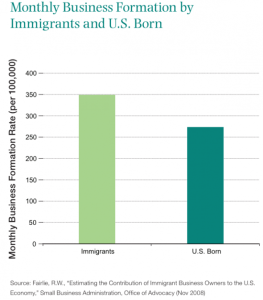
2. Foreigners Earn Patents At 3x The Rate of US Born Citizens
3. Foreigners Found More High Tech Companies in Silicon Valley Than US Born Citizens
4. Immigrant Contribute Far More in Taxes Than is Given Back in Benefits
5. US Graduation of Engineers is Alarmingly Low vs. Rest of World
6. All Growth in Last 40 Years of US University PhD Grads Have Come From Foreign Born Individuals
7. US Has Over 1 in 5 of All International Students in the World
8. Only Tiny Fraction of US Educated Foreigners Go Onto Work in US and Contribute to US Economy
9. Process to Hire Foreign Works Takes A Long Time And Costs Thousands of Dollars
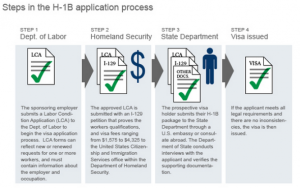
10. Only 7% of US Visas Issued Are Permanent Meaning High Skill Workers Leave
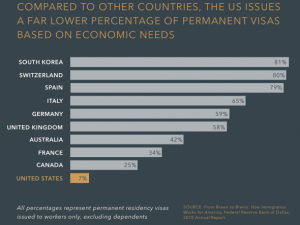
11. US Issues Less Visas to Skilled Immigrants (13%) Than Already Low Level 20 Years Ago
